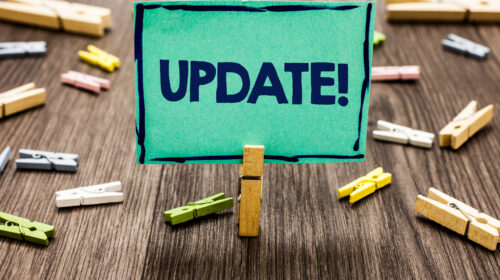Updates on Home Energy Tax Credits

Who Can Claim the Credits
You can claim either the Energy Efficient Home Improvement Credit or the Residential Energy Clean Property Credit for the year when you make qualifying improvements.
Homeowners who improve their primary residence will find the most opportunities to claim a credit for qualifying expenses. Renters may also be able to claim credits, as well as owners of second homes used as residences.
The credits are never available for improvements made to homes that you don’t use as a residence.
Energy Efficient Home Improvement Credit
These expenses may qualify if they meet requirements detailed on energy.gov:
- Exterior doors, windows, skylights and insulation materials
- Central air conditioners, water heaters, furnaces, boilers and heat pumps
- Biomass stoves and boilers
- Home energy audits
The amount of the credit you can take is a percentage of the total improvement expenses in the year of installation:
- 2023 through 2032: 30%, up to a maximum of $1,200 (biomass stoves and boilers have a separate annual credit limit of $2,000), no lifetime limit
Get details on the Energy Efficient Home Improvement Credit.
Residential Clean Energy Credit
These expenses may qualify if they meet requirements detailed on energy.gov:
- Solar, wind and geothermal power generation
- Solar water heaters
- Fuel cells
- Battery storage (beginning in 2023)
The amount of the credit you can take is a percentage of the total improvement expenses in the year of installation:
- 2022 to 2032: 30%, no annual maximum or lifetime limit
- 2033: 26%, no annual maximum or lifetime limit
- 2034: 22%, no annual maximum or lifetime limit
Questions? Reach out to your accounting professional.
Source: irs.gov